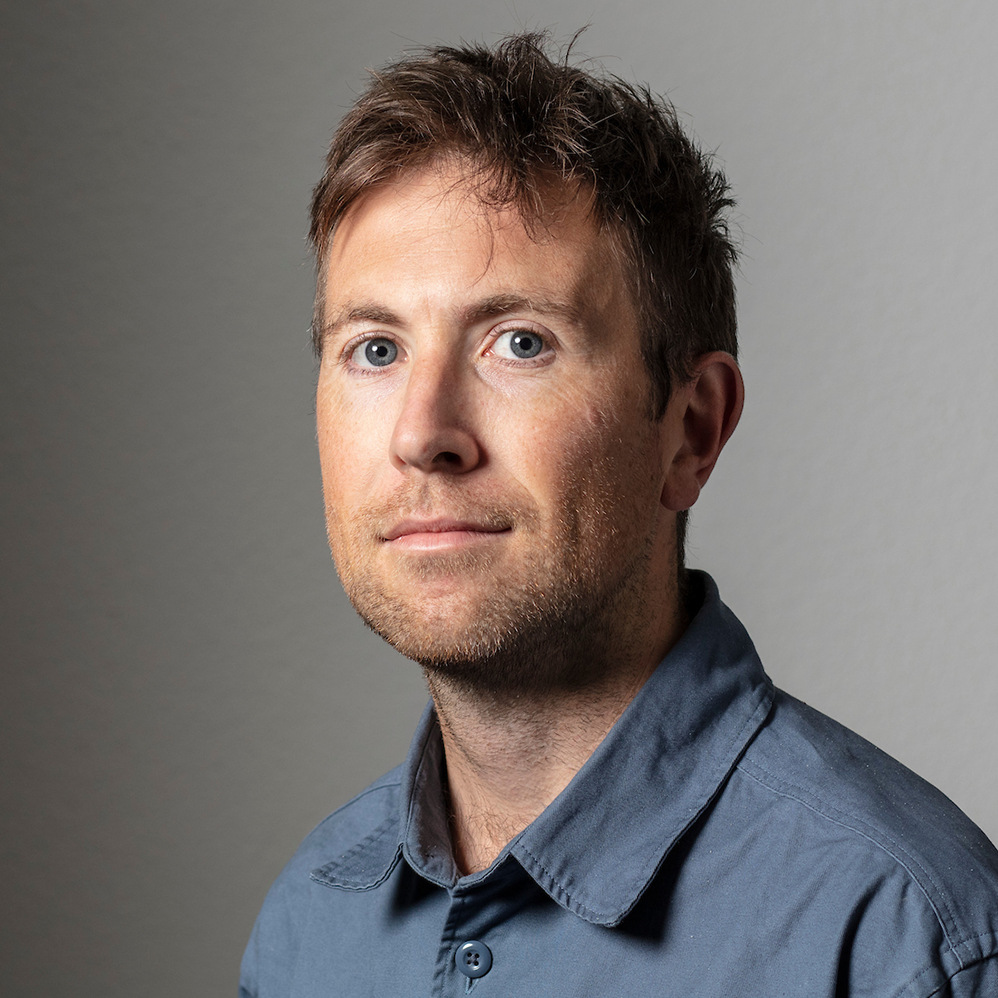Researchers find off-switch for skin cancers

Scientists at the Swiss Institute for Experimental Cancer Research may have discovered how to shut down the uncontrolled growth of some skin cancer cells.
The Lausanne-based researchers have identified how tumour cells found in the upper layers of the skin signal to each other to maintain their population, renewing a stock of rogue stem cells.
Joerg Huelsken and his colleagues have been focusing on one of the most common skin cancers, so-called squamous cell carcinomas. These carcinomas make use of one of the skin’s major properties – the fact that it can renew itself thanks to stem cells.
“We had to identify in skin tumours the cancer stem cells first since they alone are responsible for the development of tumours as well as maintaining them over time,” Huelsken told swissinfo.
Once they were identified, the researchers found that transplanting material derived from these cancerous stem cells to a cancer-free mouse led to the disease in the animal.
The next task was to uncover the mechanism that allowed the population of these stem cells to survive and thrive. The scientists were able to put their finger on a single protein known as beta-catenin as the crucial element.
This protein is part of the signalling pathway between the cancerous stem cells. According to Huelsken, if the protein is blocked, the stem cells eventually shrink because there is no signal telling them to renew themselves.
The study, published this week in the top-ranked Nature science journal, used genetically modified mice that actually lack the protein to prove this point.
Huelsken says the result was very clear, with more than 99 per cent of the cancerous cells regressing.
Prospects
The research offers the possibility of treating this type of cancer in humans. The protein blocked in the mouse tumours is also found in people.
Because the stem cells responsible for the renewal of our skin do not depend on beta-catenin to survive, it would be possible to target the source of the cancer without affecting healthy cells.
One approach would be to use short sequences of nucleic acids, compounds found in all living cells and viruses. This method, which can shut down specific genes, has been tested by Huelsken on human tumour cells.
But a more promising approach is the use of specific chemical inhibitors, a method the Lausanne team and other laboratories have also been developing.
“The problem with targeting genes is that you cannot be sure if you are reaching every cancerous cell,” said Huelsken. “It is more likely that the drug approach is more potent, since the real issue is eradicating every single cancer cell.”
He warns that patients should not get their hopes up just yet. He reckons it will take at least another five years before treatments might appear.
So far the scientists have only concentrated on the squamous skin tumours. Research elsewhere on problems such as melanomas, is only in the early stages, meaning it is still too early to say if blocking proteins is effective for all types of skin cancer.
swissinfo, Scott Capper
Squamous cell carcinoma (SCC) is one of the most common forms of skin cancer. It appears in the cells that compose most of the skin’s upper layers.
Most cases are caused by chronic overexposure to the sun. Tumours appear most frequently on the sun-exposed face, neck, bald scalp, hands, shoulders, arms and back.
They can also occur where skin has suffered certain kinds of injury: burns, scars, long-standing sores, sites previously exposed to X-rays or certain chemicals. Chronic skin inflammation or medical conditions that suppress the immune system can also engender these carcinomas.
If they are identified ant treated at an early stage, there is little to worry about. But if overlooked, they are harder to deal with and can cause disfigurement.
While most of these tumours are localised, a small percentage can spread to distant organs and become dangerous.
Per capita, Switzerland is the second-most affected country in Europe by skin cancer after Norway.
Worldwide, it is fifth in the rankings behind nations including Australia and New Zealand.
The number of new cases are diagnosed each year has doubled in the past two decades to reach 1,700.
Patients are more likely to be men aged around 45.
Melanomas kill around 250 people each year.

In compliance with the JTI standards
More: SWI swissinfo.ch certified by the Journalism Trust Initiative










You can find an overview of ongoing debates with our journalists here . Please join us!
If you want to start a conversation about a topic raised in this article or want to report factual errors, email us at english@swissinfo.ch.